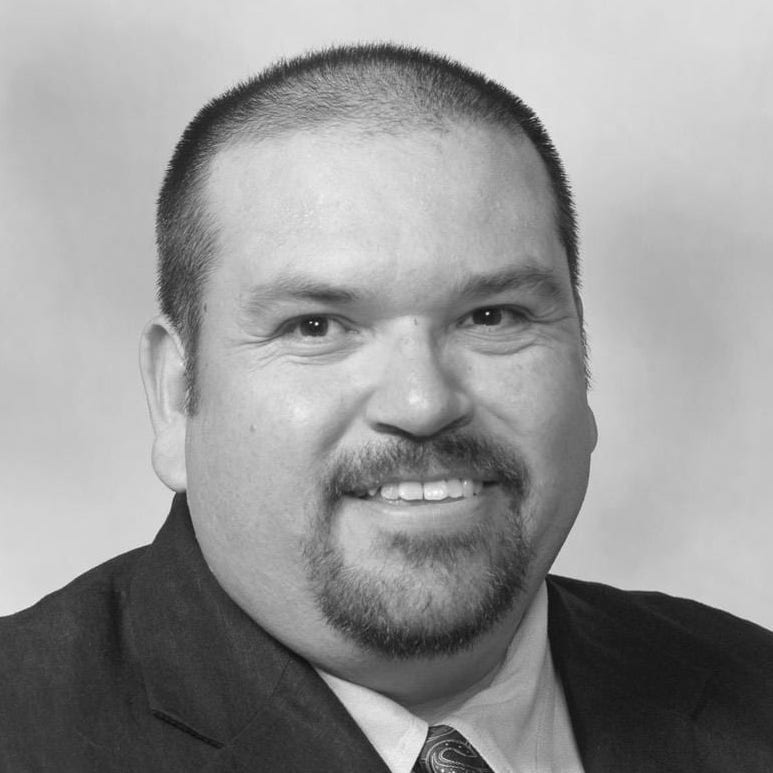Pasture-Weaned Calves May Be More Cost-Effective Than ‘Dry Lot’ Calves

WEANED CALVES — Daniel Rivera, director of the Southwest Research and Extension Center, is studying three weaning scenarios in 115 Angus-based calves. He just finished the first year of the study and found possible cost savings for ranchers during the first 28 days of calf weaning. (U of A System Division of Ag photo).

Daniel Rivera
Director and Associate Professor Southwest Research & Extension Center
Contact Daniel Rivera
The Problem
Social and housing environments can influence agricultural animals’ stress levels during stressful but necessary husbandry practices.
Weaning, the act of removing a calf from its mother’s milk, is a difficult transition for beef calves. But it is an important change that helps reduce the likelihood of the calf contracting respiratory diseases and protects ranchers’ potential revenue.
The way a calf is weaned affects its early weight gain.
The Work
During the first year of a three-year investigation, Daniel Rivera, director of the Southwest Research and Extension Center and principal investigator in the study, tested three weaning scenarios in 115 Angus-based calves from September through the end of November in 2021.
The calves were either weaned in a pasture or “dry lot.” Rivera and his co-researchers put the pasture-weaned cows into two groups. The “Fenceline” group had contact with their mothers by nose-to-nose contact through a fence. The “Pastured” group did not have any contact with their mothers. Both groups grazed on bermudagrass and received a supplement in a feed trough at a limited rate to match the energy content received in the “Dry Lot” group.
The “Dry Lot” group did not have contact with their mothers and ate out of feeding troughs.
The calves were weighed every seven days until day 28. The final weight was recorded for all the calves on day 56.
The Results
The calves’ weights fell during the first week away from their mothers. The “Dry Lot” group dropped the most weight during that week, and the “Fenceline” group dropped the least weight.
After two weeks of weaning, the “Pastured” calves slightly exceeded the weight of the “Fenceline” calves.
Calves regained more weight during the first 21 days of weaning in a pasture, regardless of physical contact with their mothers, than the “Dry Lot” calves.
By day 28, the body weight change in all the groups was nearly the same — 20 pounds gained since the first day of weaning.
The “Dry Lot” group exceeded the weight change of both pastured groups on day 56.
The Value
This study reveals potential savings for ranchers when they pasture-wean calves. Pasture-weaned calves gained more weight for the first 28 days of pasture weaning than calves weaned in a “dry lot” setting.
The daily food cost per head in the pasture-weaned calves of both groups was $1.40 less than the “Dry Lot” group. Over a 28-day period, ranchers could see a potential savings of nearly $40 per head of cattle. Pasture weaning is a relatively low-cost endeavor, with pasture space and a dedicated feed trough being the two main requirements.
The cost difference might be economically helpful in situations where a preconditioning program requires 28 days between weaning and marketing.
Weaned calves also have lower risks of respiratory diseases than unweaned calves, which can lower health-related expenses.
About the Researcher

Daniel Rivera
Director and Associate Professor Southwest Research & Extension Center
- B.S., Animal Science, New Mexico State University
- M.S., Animal Sciences, West Texas A&M University
- Ph.D., Animal Sciences, New Mexico State University
Rivera’s research focuses on the interactions with production, management and nutrition of growing beef cattle. He is interested in finding cost-efficient solutions for farmers to feed beef cattle while meeting a cow’s nutritional needs.
